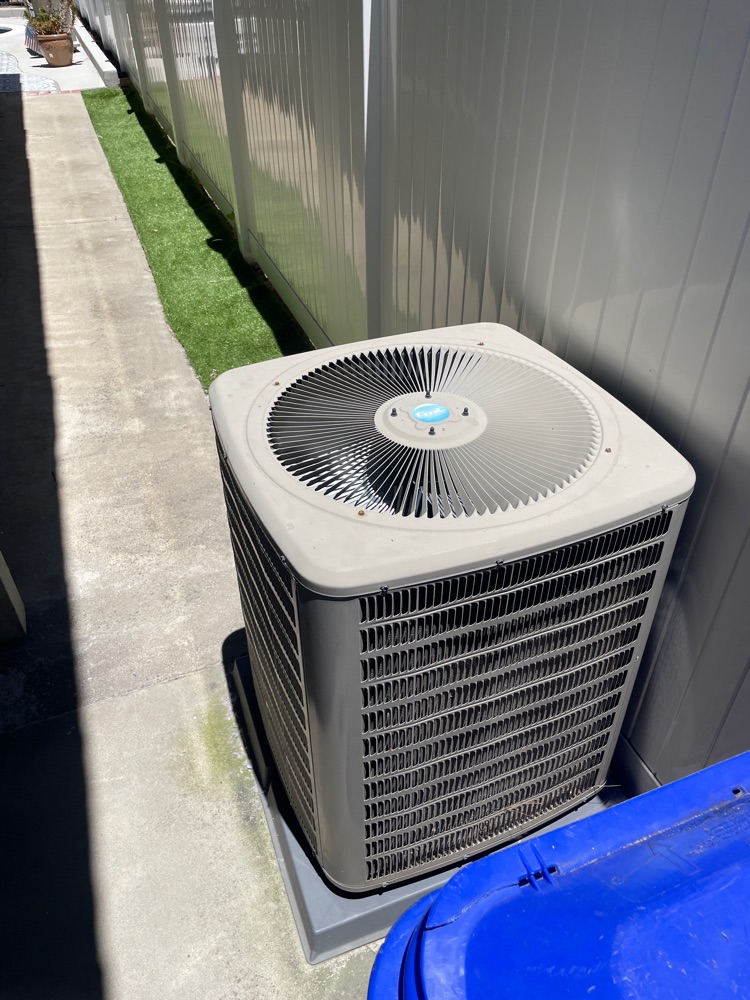Modern refrigerators have at least two chambers, a refrigerator and a freezer. If there is no proper temperature in the refrigerator compartment, and the freezer is performing its functions properly, the first thing to do is to find out if the refrigerator is working with one or two compressors. It is necessary to check the operability of the compressor, which ensures the operation of the refrigerating chamber. If it is faulty, then the problem is solved by replacing the broken motor with a new one. The next reason why the KitchenAid refrigerator does not cool may be a problem with the temperature sensor. These sensors are used in most modern KitchenAid refrigerators. If the sensor is faulty, the command will not be sent to the compressor from the module to turn it on in time and the temperature will be too high. The malfunction is eliminated by replacing the temperature sensor of the refrigerator compartment. The third reason may lie in the improper installation. It is recommended that you do not install the refrigerator near an oven, radiator, or another heat source. Doing so may cause the refrigerator to not cool properly. For best performance, do not install the refrigerator behind a cabinet door or block the base grille. If the control panel is still not responding, try resetting the refrigerator as instructed below. If the problem persists, schedule service. Reset power to the product:
- Power unit down by turning off the circuit breaker(s) or unpluging the product for 5 - 10 minutes.
- Power unit up by turning on the circuit breaker(s) or plugging the product back in.
- Ensure the cooling function is turned on.
- Test the control panel functionality.
There are several other possible reasons for the inoperative refrigeration chamber, such as a freon leak or a problem with the other parts. Your KitchenAid refrigerator should last you a long time. And every part that makes it all work must be in good working order. Sometimes, it won’t hurt to check on the fridge once in a while to see if the temperatures are just right. The sooner you catch a problem with your refrigerator (i.e — not cooling), the better. Always get professional help if you are not sure about how to replace damaged or faulty parts of your refrigerator. This is especially true if your unit has an active warranty.



















